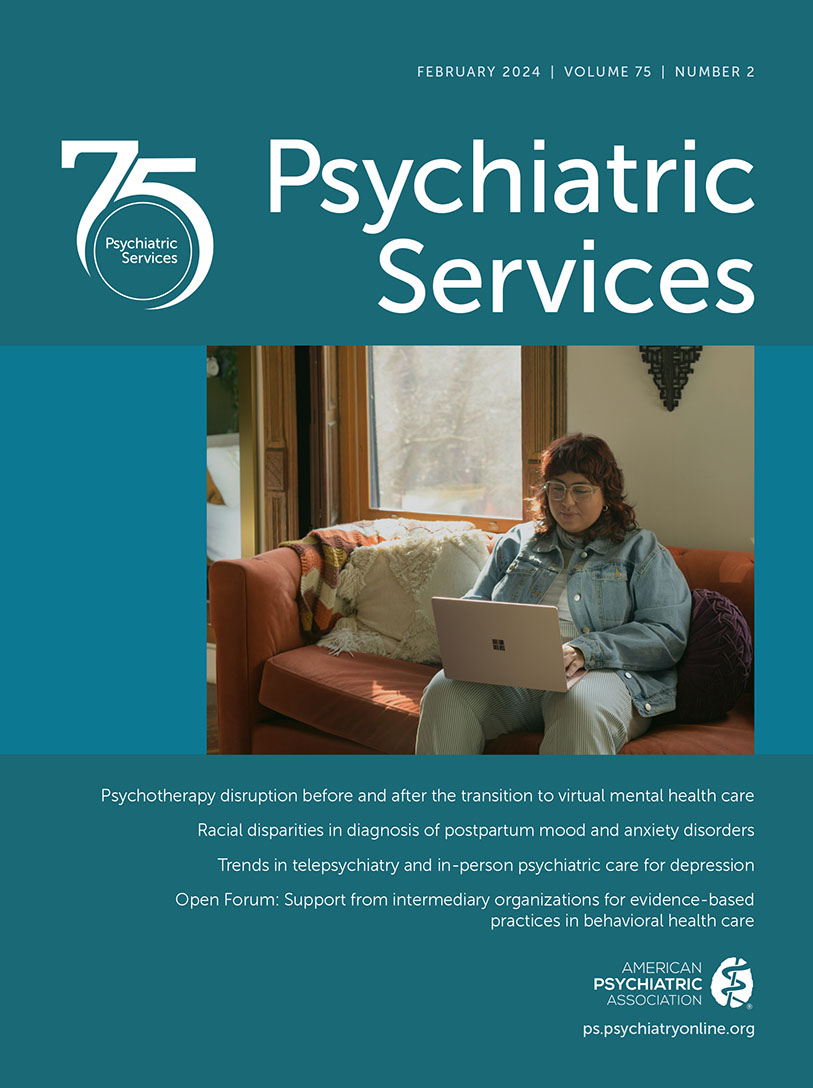Impact of Collaborative Documentation on Completeness and Length of Clinical Notes in Behavioral Health Settings
Abstract
Objective:
This study aimed to examine differences in community mental health visit notes before and after initiation of collaborative documentation, a practice in which clinicians and consumers jointly document clinical encounters.
Methods:
Using a clinical informatics approach, the authors sampled visit notes (N=1,875) from nine providers in one mental health clinic. The authors compared notes from before and after the implementation of collaborative documentation by using fixed-effects regression models, controlling for therapist-level effects.
Results:
Significant changes in visit note structure were found after the implementation of collaborative documentation. Most sections (N=6 of 10) contained more information (i.e., higher word and character counts) after collaborative documentation implementation, but sections describing a client’s feelings were less likely to have any content (OR=0.01, p<0.001).
Conclusions:
These findings demonstrate that collaborative documentation influences clinical notes, providing much-needed research about a widely adopted practice in community mental health settings.
Access content
To read the fulltext, please use one of the options below to sign in or purchase access.- Personal login
- Institutional Login
- Sign in via OpenAthens
- Register for access
-
Please login/register if you wish to pair your device and check access availability.
Not a subscriber?
PsychiatryOnline subscription options offer access to the DSM-5 library, books, journals, CME, and patient resources. This all-in-one virtual library provides psychiatrists and mental health professionals with key resources for diagnosis, treatment, research, and professional development.
Need more help? PsychiatryOnline Customer Service may be reached by emailing [email protected] or by calling 800-368-5777 (in the U.S.) or 703-907-7322 (outside the U.S.).



